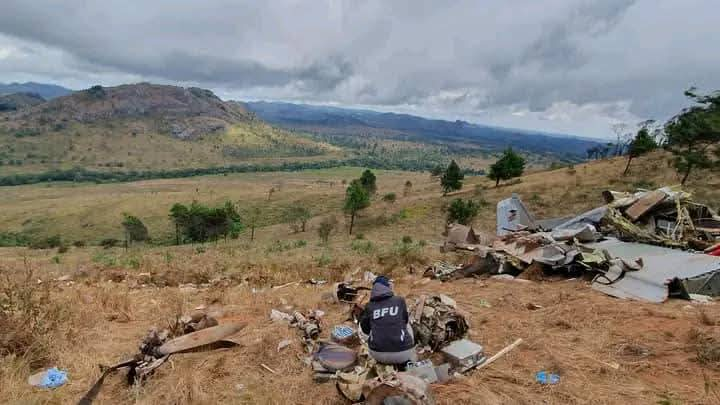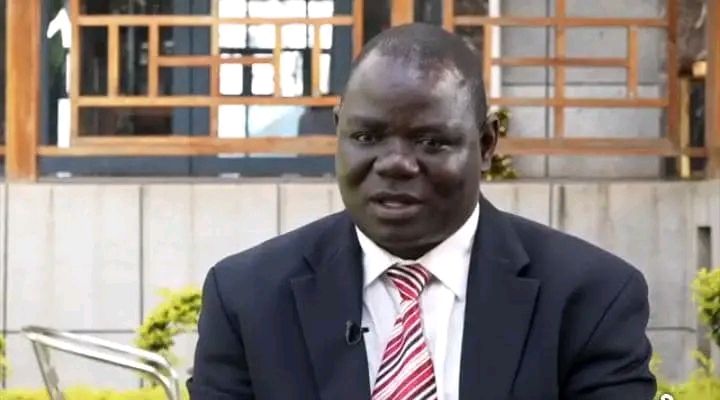By Burnett Munthali
During a routine domestic passenger flight, a Dornier 228-202(K) military aircraft crashed while en route from Kamuzu International Airport in Lilongwe to Mzuzu Airport in Malawi.
The crash occurred when the aircraft collided with the slope of a hill under marginal visual meteorological conditions (VMC).
The investigation into the accident was initiated following a formal request by the Government of the Republic of Malawi to the Federal Republic of Germany.
In response, Germany’s Bundesstelle für Flugunfalluntersuchung (BFU), or Federal Bureau of Aircraft Accident Investigation, dispatched a professional team to Malawi.
This team was further supported by an expert from the Dornier aircraft manufacturing company.
The Republic of Malawi delegated full investigative authority to the BFU in accordance with international protocols, specifically under the framework of ICAO Annex 13.
To ensure national representation, Malawi appointed an Accredited Representative along with two Advisers to participate in the investigation process.
The investigation concluded that the crash occurred primarily because the flight crew entered instrument meteorological conditions (IMC) while flying under visual flight rules (VFR).
This critical error led the aircraft to collide with rising terrain which was obscured due to the prevailing poor weather conditions.
Several contributing factors were identified as having played a role in the fatal accident.
First, the crew’s decision to continue flying toward their destination at a low altitude despite marginal weather conditions was highlighted.
Second, the report cited a significant lack of situational awareness on the part of the flight crew.
Third, it was determined that the flight preparation before departure was inadequate.
In light of these findings, the BFU issued a total of six safety recommendations aimed at preventing future tragedies of this nature.
One safety recommendation was specifically directed to the Minister of Defence of the Republic of Malawi.
Another recommendation was addressed to the Minister of Transport and Public Works.
Additionally, two recommendations were given to the Director General of the Malawi Civil Aviation Authority.
The final two recommendations were issued to the Commander of the Malawi Defence Force Air Wing.
These safety recommendations are intended to correct systemic deficiencies and improve both civilian and military flight safety protocols within Malawi.
The findings of this report point to human error, organizational gaps, and environmental challenges as key factors in the devastating crash that claimed the lives of all on board.
By drawing attention to the errors and offering clear preventive actions, the report serves as both a cautionary tale and a roadmap for improving aviation safety in Malawi.




